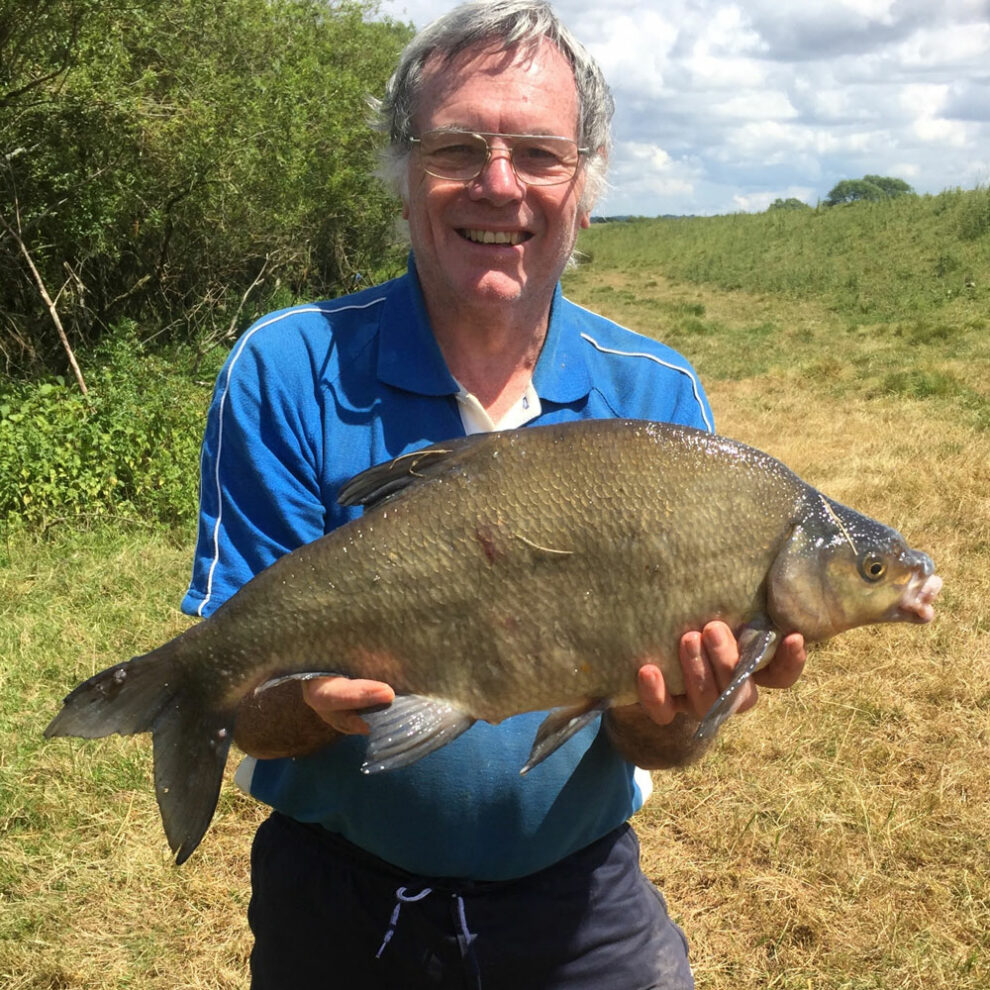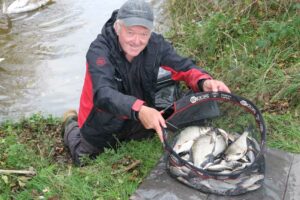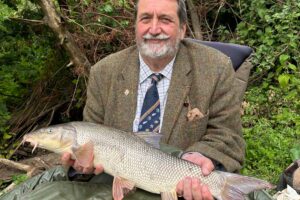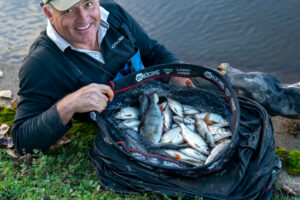The river season is about to start, in fact, I was born on the best day of the year, the 16th of June, lucky me! Now, before I start this blog, I should probably explain that my style of writing is best described as tongue in cheek. I am a serious angler and love nothing more than catching fish. I just like to have a little fun sometimes, so please don’t take any offence.
My friends in central England would probably see the title of this blog and say “What is Chatty on about, rivers int tidal, they flows one way. Tides is at seaside ont beach suppin’ a beer or eating ice cream tha knows nowt kid”. Well, inland they would be correct, but it depends on how close to the sea you live and where the tidal barriers on the river are.
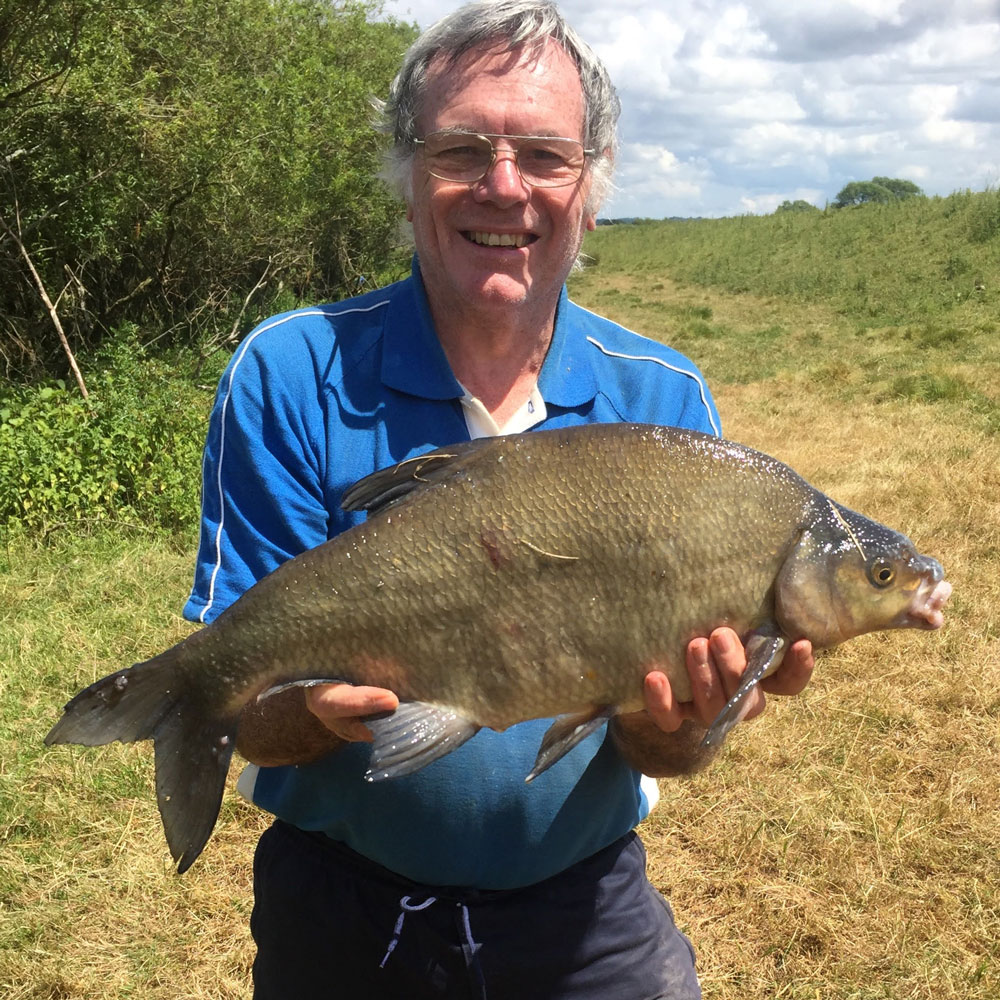
Tides are movements of the sea in and out due to the gravitational pull between the Earth and the Moon. Bigger tides occur in full and new phases of the Luna cycle, and smaller tides occur during the crescent phases. As rivers empty into the sea, this movement is also seen inland on our rivers, at least until the first weird upstream stopes this from travelling further. It can be quite spectacular, as the famous Severn Bore demonstrates, due to the vast volume of water being pushed up a quickly narrowing river causing a small tidal wave. Very approximately, there are two tides a day. It takes around 6 and a half hours to go out and five and a half hours to come in, moving forward an hour a day.
As an angler, these tidal movements, if you understand them, can be very useful. As fish have to move up and down stream to avoid a salty environment, meaning that they have to swim burning energy, to keep up this energy, they have to eat to maintain movement. This movement is no a daily up and down journey, but over a monthly period moving slowly over a biweekly period, up and down. It also depends on seasonal conditions, as there is generally more rain in the winter months, the fish are not at as much risk of so much salt from seawater. They do have to contend with flood water, though.
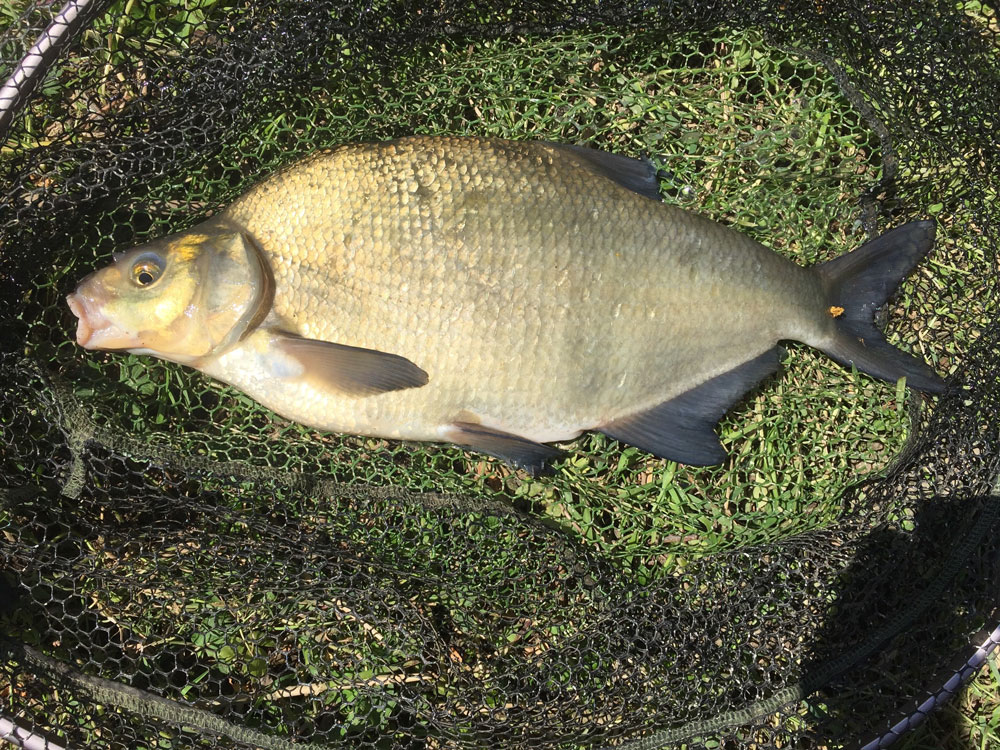
With this information in mind. A tide table is well worth a small investment, you can also check the tide times online via Tide Times UK and also here are man smartphone (and even watch) apps that will give you real time data on the state of the tides.
If the tides are small, I like to target the downstream end of the river, as early season is the time that many fish move downstream after spawning. They can clear wounds and sores that might occur during spawning in the brackish saltwater. They are also hungry and need to raise their energy levels. I have found that a groundbait ball a chuck approach works well in my local river, either trotting the maggots or bread flake with a Cadence CR10 14ft #2 Match Rod. If I can get close enough, I’ll use the Cadence CP200 9m Whip or fish a groundbait feeder using the Cadence CR10 11ft #2 Feeder Rod.
What species can you catch on tidal rivers? Well, I have caught roach, bream, flounder, mullet, dace, eels, carp, and mullet. When float fishing, either with a bulked down stick float or a waggler float, I just keep adding depth until I am tripping bottom and the float drags under. I then hold back and inch the float through. As the water level drops, just reduce the depth and feel your way into the session, feed them, and they will come, is my motto.
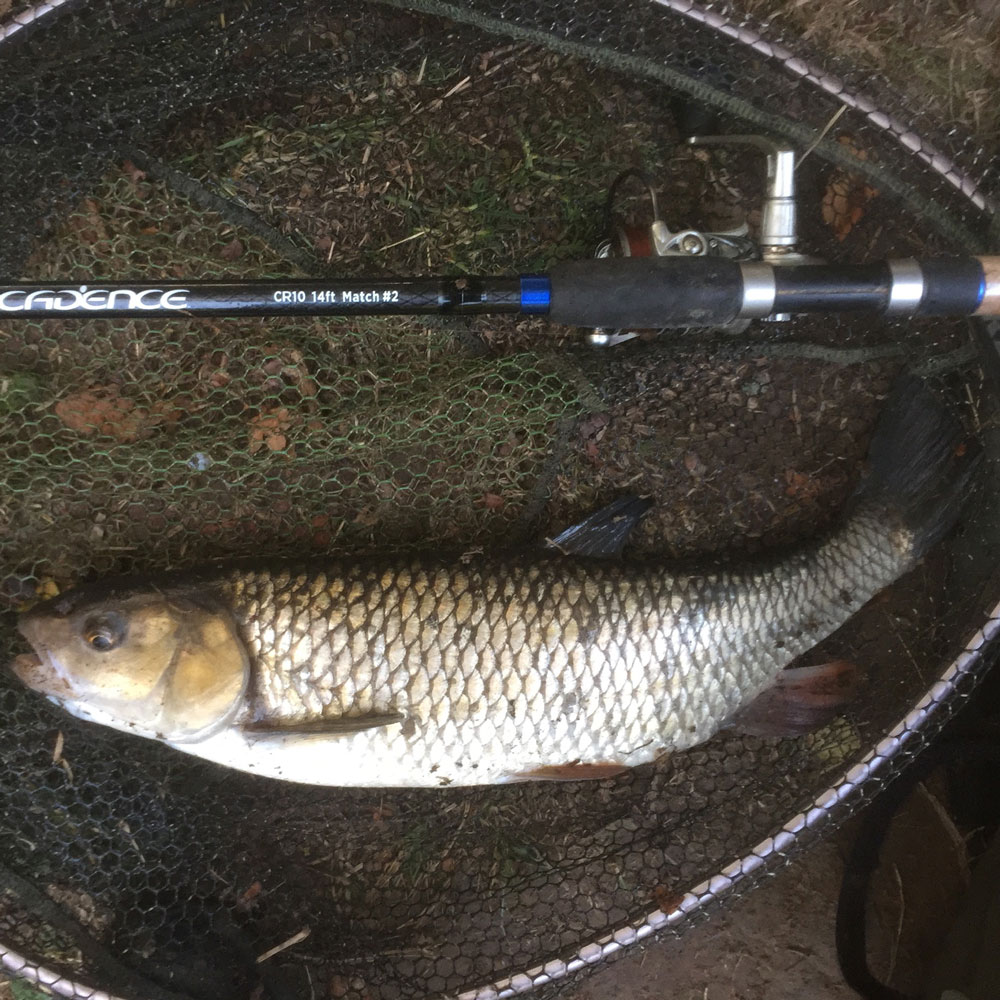
If you have a tidal river near you, give it a go, you may be surprised.
Catch you on the bank sometime and hope you get some great results.
A Word of Warning – Beware
Don’t get stuck in the mud as you move down the bank as the tide goes out, and the river gets shallower, it is very easy to get stuck at the bottom of the tide, and it is surprising how quickly a river turns and starts filling up on a rising tide.

